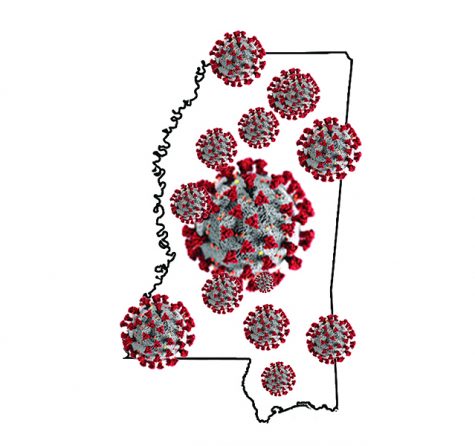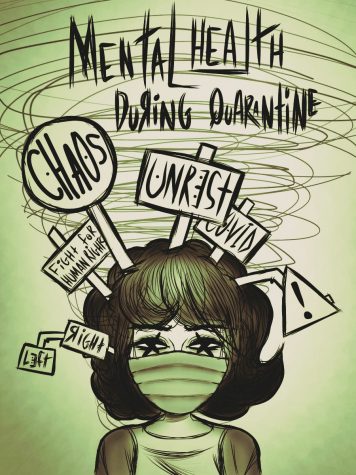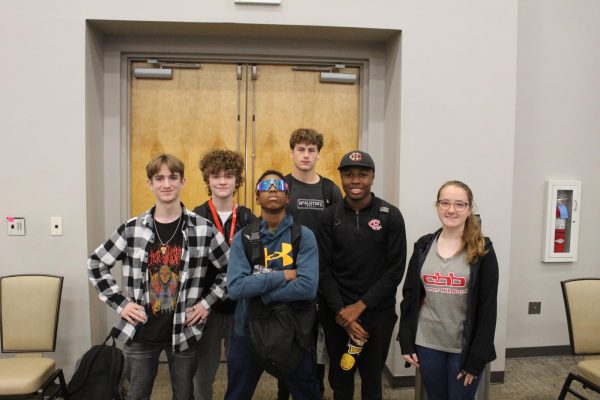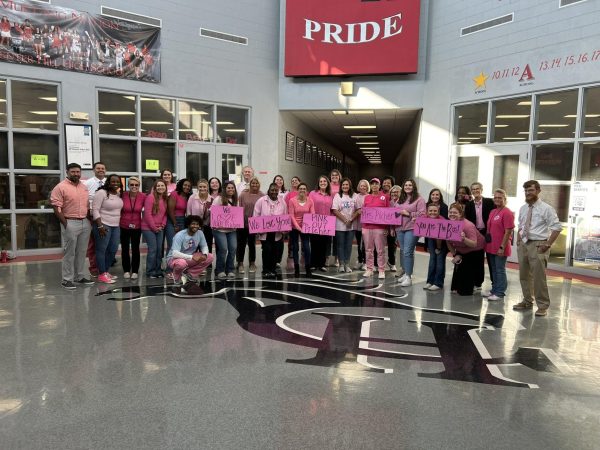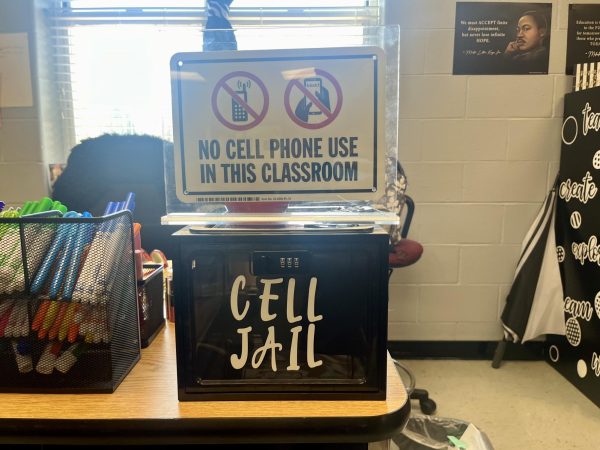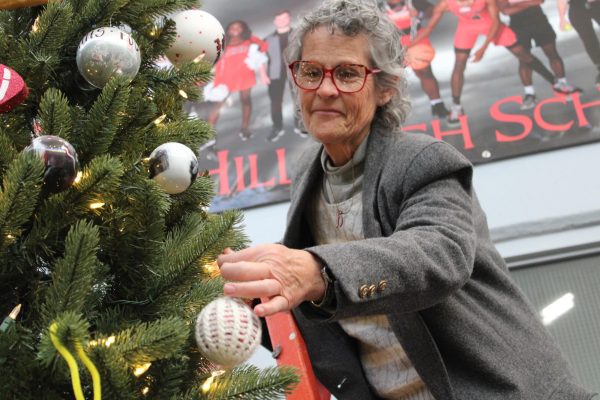School year offers challenges for both online and face-to-face students
For this graphic, designer Brandon Mayse used a coronavirus image created by the Centers for Disease Control and Prevention. The CDC image reveals ultrastructural morphology exhibited by coronaviruses. The original photo is by Alissa Eckert, MS and Dan Higgins, MAMS via the Public Health Image Library at CDC.
About 50 percent of CHHS students are in the virtual learning program for the first nine weeks. Although both online and face-to-face students are getting the same material, getting through the day is different for both groups. Face-to-face students start the school day 10 minutes later than last year, have a staggered dismissal schedule for each class, and have four different lunch blocks, but online students have to go their own way.
“Usually what I do is my classes according to my own personal schedule,” VIP sophomore Caleb Jeans said.
Both online and face-to-face students have challenges this year. All students are using a new Learning Management System called Schoology. Though traditional instruction can be stressful, it isn’t as bad as waking up and seeing all your work right away in front of you and stressing you out instead of it being given to you gradually by teachers throughout the day.
“My biggest struggle will definitely be making sure I organize my work so I can turn everything in on time,” said Dalton South, a junior doing online. “All of my work on Schoology just thrown at you can be overwhelming at times.”
Being able to succeed online or face-to-face depends on a person’s needs. Some families chose virtual instruction for safety and health reasons during the pandemic, while others like the convenience of online instruction. Other students, like Ada Vu, prefer seeing their friends and teachers and chose traditional instruction, even with the Schoology component, this year.
“Schoology is easy to use,” the senior said. “It makes it convenient and easy to access.”
COVID-19, however, has changed things. In the Return to Learn plan emailed to parents, Principal Doug Payne said that traditional students would see many differences this year because the school is following safety guidelines. Among them, the use of shared materials in class is limited, masks are required, students are able to use their personal electronic devices in classes, and social distancing is maintained to the greatest extent possible.
“There are risks of attending school in person,” Vu said, “and I feel like the teachers are really tired, what with keeping up with the students at home and the face-to-face ones. With them being tired, I feel like it affects the way they teach, although I know they try to do their best.”
Parents will have the opportunity to switch from face-to-face to VIP, or vice versa, each nine weeks this school year.

Lily Dawson (she/her)
Staff/Reporter
“There’s more than one way to skin a cat.” — Unknown
Lily Dawson, class of 2023, is a staff reporter for...


